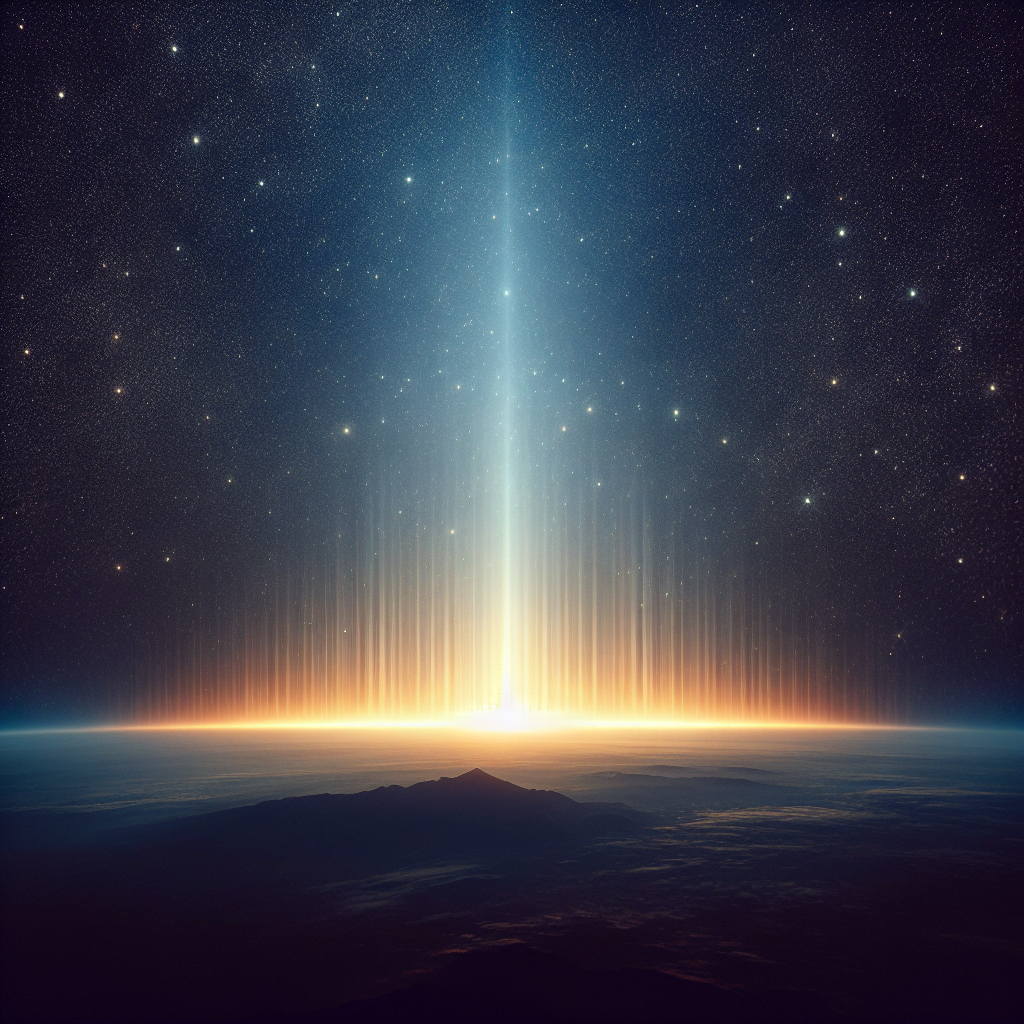If you’ve ever looked up at the night sky and wondered about the mysterious glow that seems to stretch across the horizon, you may have encountered the phenomenon known as zodiacal light. But what exactly is zodiacal light, and can you observe it with a telescope? In this captivating article, we will explore the origins of zodiacal light and delve into whether your trusty telescope can unlock the secrets of its mesmerizing beauty. So get ready to embark on a celestial journey, where the wonders of the universe await your curiosity!
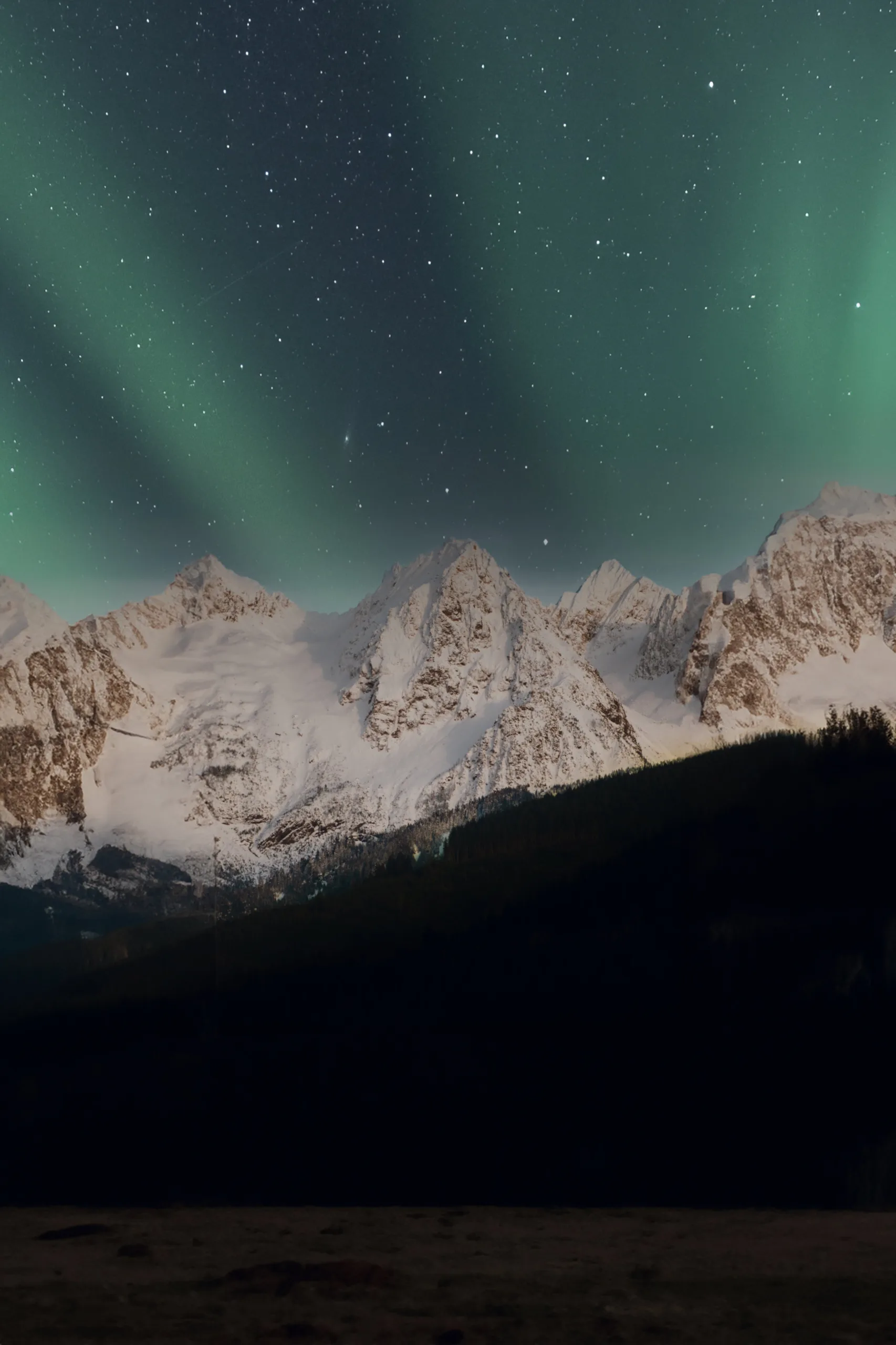
Table of Contents
What is Zodiacal Light?
Definition of Zodiacal Light
Zodiacal light is a celestial phenomenon that appears as a faint, hazy glow extending upward from the horizon after twilight has ended and before dawn breaks. It is often described as a cone-shaped beam of light that follows the ecliptic, the apparent path of the Sun across the sky. Zodiacal light is caused by sunlight reflecting off dust particles in the Solar System, particularly from the debris left behind by comets and asteroid collisions.
Causes of Zodiacal Light
The zodiacal light is mainly caused by the scattering of sunlight by tiny dust particles, typically only a few micrometers in size, that are spread throughout the plane of the Solar System. These dust particles are primarily concentrated in the plane of the ecliptic, which is formed by the orbits of the Sun, Earth, and other planets. As the Sun sets or rises, its light passes through this dust cloud, resulting in the illumination of these particles and the creation of the zodiacal light.
Observing Zodiacal Light
Visibility Conditions
To observe the zodiacal light, certain visibility conditions are essential. Ideally, you will need a dark and clear sky with minimal light pollution. It is crucial to find a location away from city lights to ensure optimal visibility. Additionally, the absence of any obstructions, such as tall buildings or trees, in the direction of the horizon where the zodiacal light is expected to appear is also favorable.
Best Time for Observation
The best time to observe the zodiacal light is during the astronomical twilight, which occurs when the Sun is between 12 and 18 degrees below the horizon. This is typically about an hour and a half to two hours after sunset or before sunrise. At this time, the sky is dark enough to allow the faint zodiacal light to be visible without the interference of brighter celestial objects.
Location for Observation
To maximize your chances of observing the zodiacal light, it is recommended to choose a location with a southern or western exposure, as the zodiacal light is most prominent in those directions. If possible, select an observing site with high elevation and minimal atmospheric and light pollution. This will help improve the clarity and visibility of the zodiacal light.
Telescope Requirements
Suitable Telescope Types
Observing the zodiacal light with a telescope is possible; however, the specific type of telescope is not as crucial as other factors. Both refractor and reflector telescopes can be used to observe the zodiacal light effectively, as long as they have the appropriate aperture size and focal length.
Aperture Size
The aperture size of the telescope is an important consideration. A larger aperture allows for greater light-gathering capability, which can enhance the visibility of the zodiacal light. While a larger aperture is generally preferable, even smaller telescopes can provide satisfactory views of the zodiacal light.
Focal Length
The focal length of the telescope determines the level of magnification and field of view. For observing the zodiacal light, a telescope with a moderate to long focal length is recommended. This allows for a wider field of view, which is beneficial for capturing the entirety of the zodiacal light cone.
Recommendations and Considerations
When choosing a telescope for zodiacal light observation, it is important to consider portability, ease of use, and stability. A portable telescope will allow you to find optimal observing locations, while ease of use and stability will ensure a comfortable and steady viewing experience. Additionally, considering the availability of accessories, such as filters to enhance contrast, is also worth exploring.
Preparing a Telescope for Zodiacal Light Observation
Proper Alignment
Before observing the zodiacal light, it is crucial to properly align the telescope. This involves aligning the mount or tripod with the celestial poles or using a star alignment procedure if using an equatorial mount. Proper alignment ensures accurate tracking and allows for a more enjoyable and precise observation.
Adjusting Focus
Achieving sharp focus is essential when observing the zodiacal light. Through careful adjustment of the telescope’s focus knob or rack-and-pinion mechanism, you can bring the zodiacal light into clear view. Experimenting with different focus settings can help optimize the visibility and detail of the zodiacal light cone.
Use of Filters
Utilizing filters can significantly enhance the observation of the zodiacal light. A neutral density filter, for example, can reduce the overall brightness of the sky, allowing the zodiacal light to stand out even more. Additionally, a light pollution filter can help mitigate the impact of artificial light sources, enhancing the contrast and visibility of the zodiacal light.
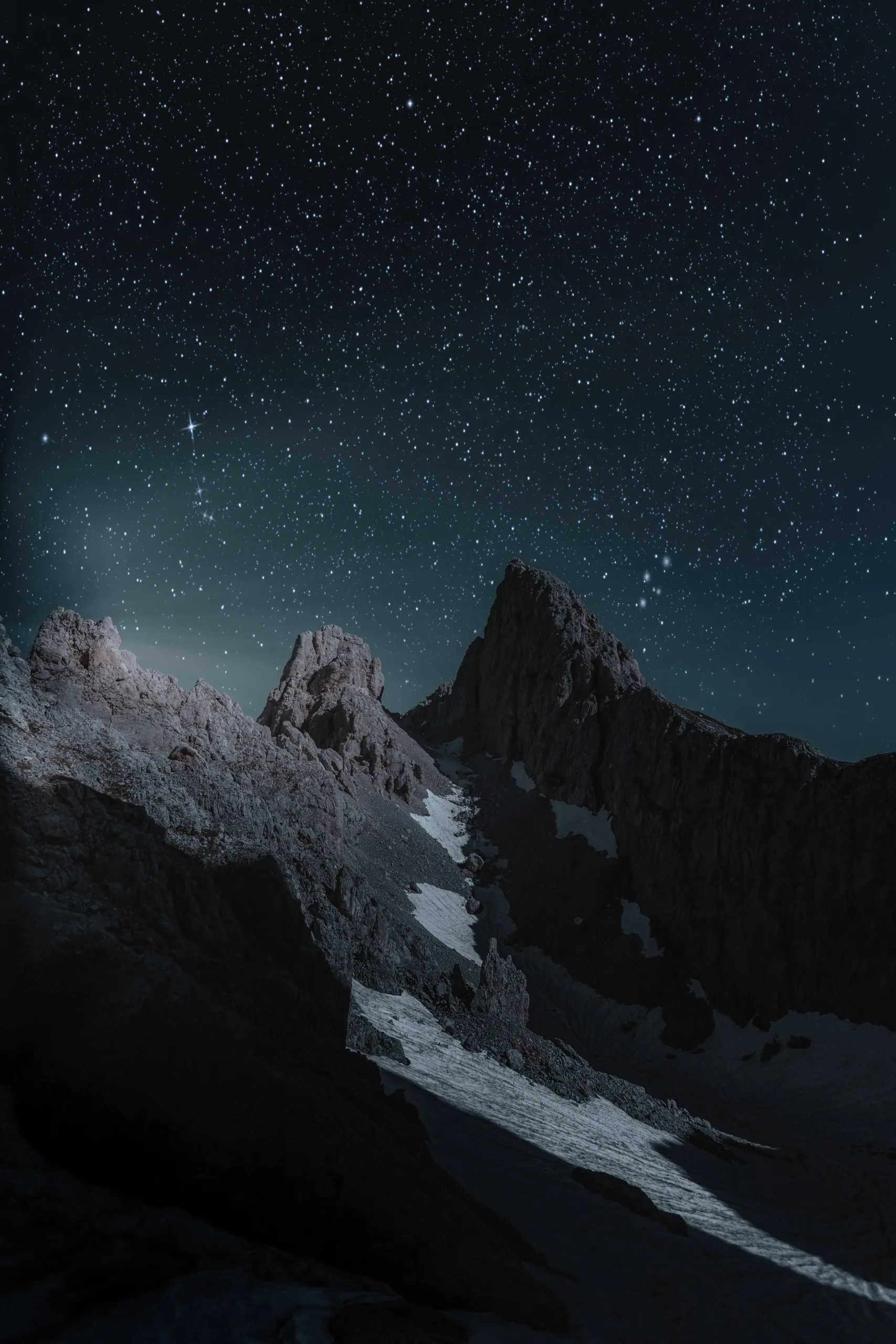
Techniques for Zodiacal Light Observation
Naked Eye Observation
Zodiacal light is often visible to the naked eye, particularly under ideal viewing conditions. To observe it without a telescope, find a location with minimal light pollution and unobstructed views of the horizon. Allow your eyes to adapt to the darkness and look for a faint cone-shaped glow extending from the horizon. Patience and persistence are key, as the zodiacal light can be subtle and may require time to adjust your eyes to its faint presence.
Telescope Observation
With a telescope, the zodiacal light can be more easily observed and appreciated in greater detail. Position your telescope towards the direction of the zodiacal light and adjust the focus to obtain a clear view. Take advantage of the telescope’s magnification capabilities to examine any intricate details or color variations within the zodiacal light cone.
Photographic Techniques
Photographing the zodiacal light can provide awe-inspiring results. Mounting a camera to the telescope or using it on its own with a tripod can allow for longer exposures, capturing the delicate details of the zodiacal light. Experiment with different exposure settings and consider using a wide-angle lens to capture the surrounding environment along with the zodiacal light.
Typical Zodiacal Light Characteristics
Appearance and Color
Zodiacal light appears as a faint, diffuse glow extending upward from the horizon. The cone-shaped beam of light typically extends at an angle of about 60 degrees from the Sun’s position and reaches a considerable distance into the night sky. The color of the zodiacal light ranges from a pale yellowish-white to a warm, rich orange, resembling the hues of a sunrise or sunset.
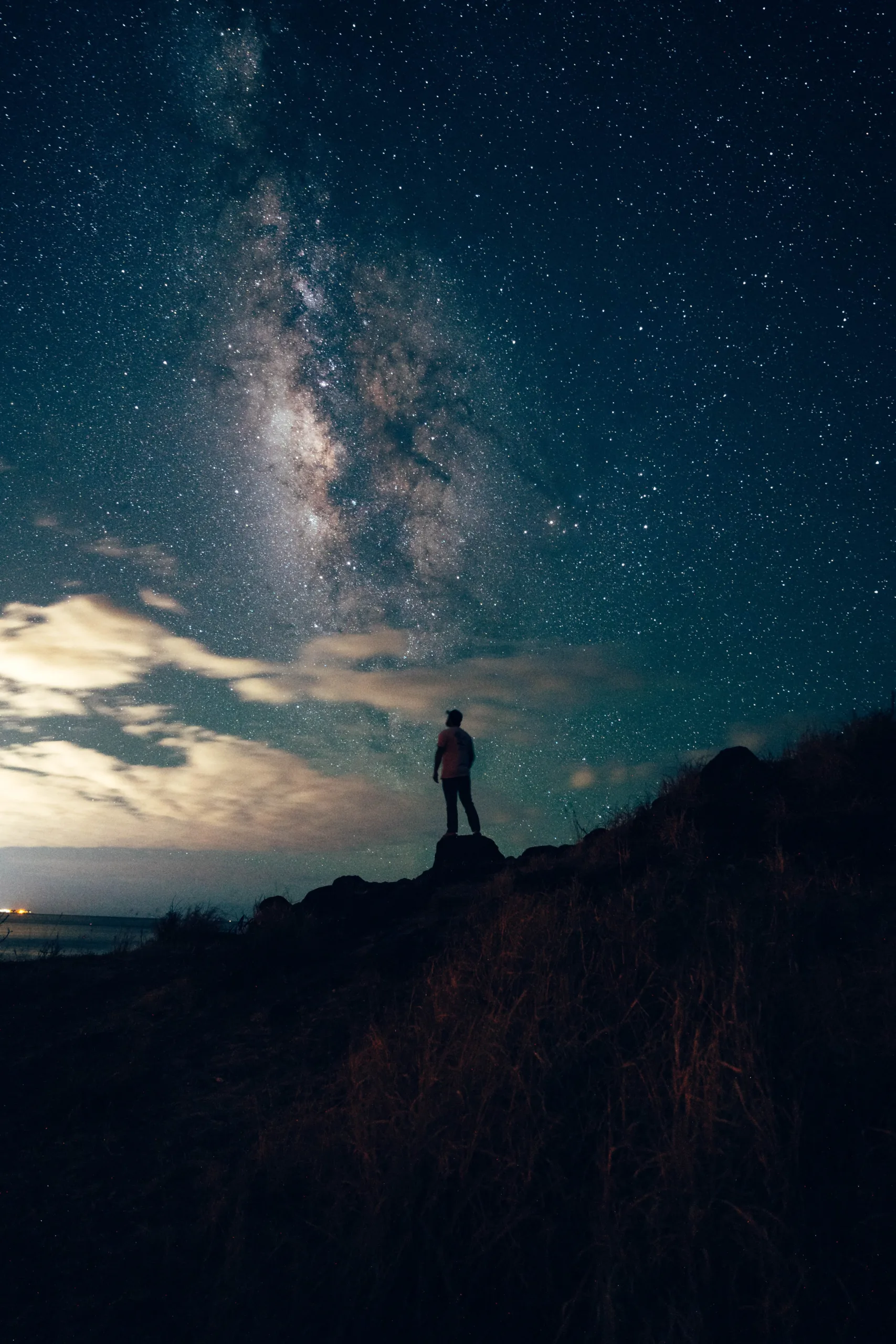
Challenges and Limitations
Light Pollution
Light pollution can significantly hinder the observation of the zodiacal light. The presence of artificial lighting, particularly in urban and suburban areas, can obscure the faint glow of the zodiacal light. Choosing an observing location isolated from light pollution or traveling to dark sky sites can help mitigate this limitation.
Weather Conditions
Unfavorable weather conditions, such as cloud cover or atmospheric haze, can obstruct the visibility of the zodiacal light. Clear and transparent skies are essential for optimal observation. Monitoring weather forecasts and selecting nights with favorable conditions increase the chances of successful zodiacal light observation.
Tips for Better Observation
Dark Sky Site Selection
When choosing a dark sky site for zodiacal light observation, consider factors such as proximity to urban areas, elevation, and topography. Ideally, select a location as far away from city lights as possible, situated at a high elevation to reduce the impact of atmospheric interference and with an unobstructed view of the horizon.
Allowing Eyes to Dark Adapt
Dark adaptation is key when observing faint celestial phenomena such as the zodiacal light. Allow your eyes to adjust to the darkness by avoiding exposure to bright lights before observing. Minimize the use of electronic devices with bright screens and give your eyes time to adapt, typically around 20-30 minutes, before attempting to observe the zodiacal light.
Patience and Persistence
Zodiacal light can be elusive and requires patience and persistence to observe successfully. Even under optimal conditions, it may take time for your eyes to discern the faint glow. Remain calm, relaxed, and focused during your observation, and avoid rushing or becoming frustrated. With the right mindset, each attempt at observing the zodiacal light can be a rewarding experience.
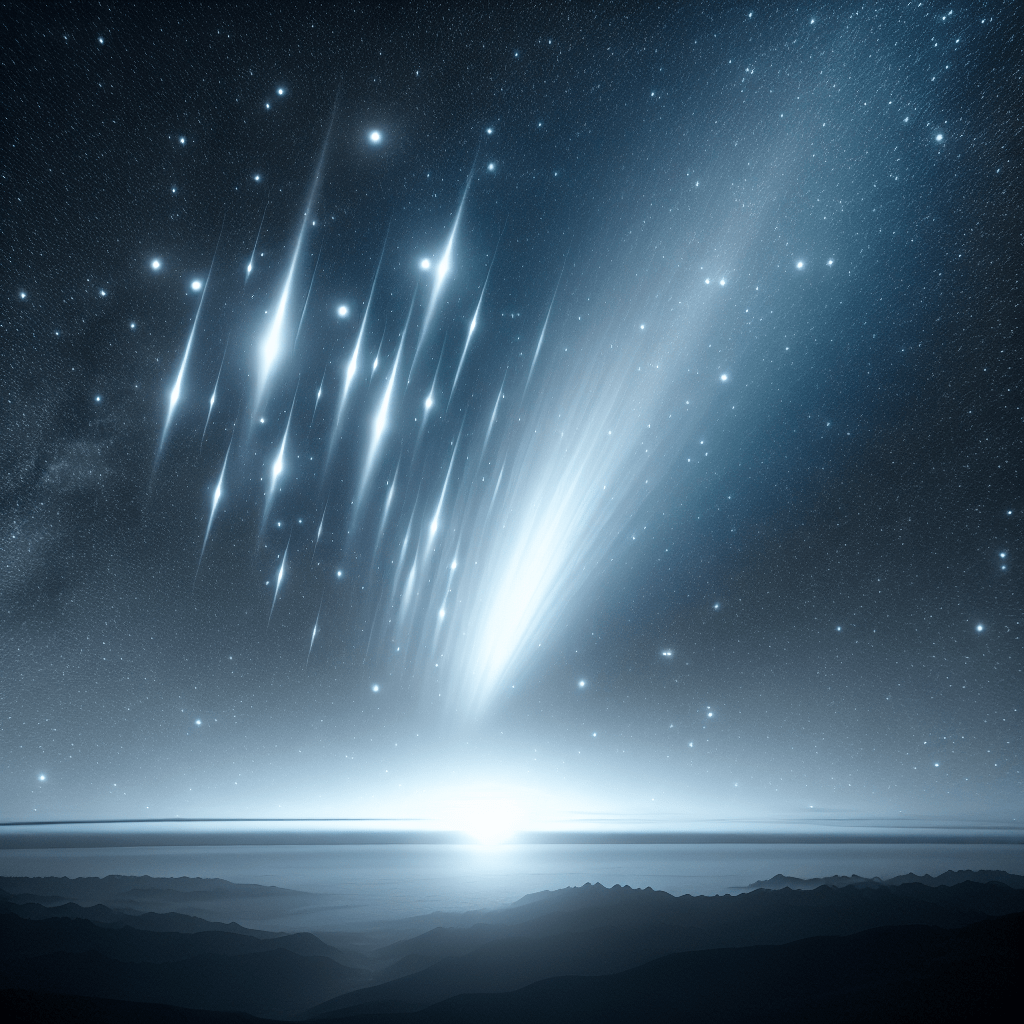
Astroimaging Zodiacal Light
Equipment Requirements
Astroimaging the zodiacal light requires specific equipment to capture the best possible images. A camera with manual exposure settings, a sturdy tripod or equatorial mount, and a remote shutter release are essential. For capturing more detailed images, consider using a telescope with a focal reducer for wider fields of view and a tracking mount to compensate for Earth’s rotation.
Camera Settings
To capture the zodiacal light effectively, set your camera to manual mode and adjust the exposure settings accordingly. Start with a wide aperture (low f-number) to collect as much light as possible, and experiment with various exposure times to find the optimal balance between capturing detail and avoiding overexposure. Additionally, using a low ISO setting helps minimize image noise and preserve image quality.
Post-Processing Techniques
Post-processing is an essential step in astroimaging zodiacal light to enhance the captured images. Software tools such as Adobe Photoshop or specialized astrophotography software allow for adjustments in contrast, color balance, and noise reduction. Experiment with different techniques to bring out the intricate details and colors present in the zodiacal light.
Conclusion
The Joy of Zodiacal Light Observation
Observing the zodiacal light can be a mesmerizing and awe-inspiring experience. Whether gazing at its subtle glow with the naked eye or capturing its beauty through a telescope or camera, the zodiacal light offers a unique glimpse into the vastness and wonders of the night sky. With proper preparation, suitable equipment, and a sense of adventure, you can embark on your journey to observe and appreciate this celestial phenomenon. So, find the ideal location, prepare your telescope or camera, and let the enchanting zodiacal light mesmerize you with its ethereal presence.
